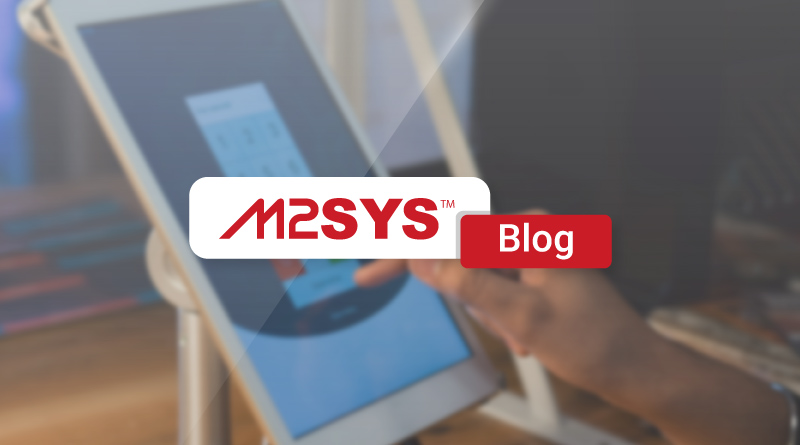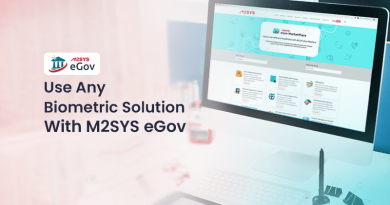How AI Enhances Security in Government Software Deployment
Artificial Intelligence (AI) is revolutionizing government software deployment by enhancing security and compliance. AI automates processes, reduces human error, and monitors threats in real-time, ensuring safe and efficient digital services. Examples include Turkey's ID system and Yemen's electoral modernization.
TL;DR
- AI is revolutionizing government software deployment by enhancing security and compliance, crucial for handling sensitive citizen data.
- AI-powered tools automate processes, reduce human error, and allow governments to launch services quickly without compromising security.
- Advanced AI systems monitor threats in real-time, ensuring a proactive security posture.
- Examples like Turkey's National ID System and Yemen's Electoral System show AI's transformative impact on security and efficiency.
- Overcoming AI adoption challenges requires strategic change management, transparency, and skill development.
- AI is essential for governments to succeed in digital transformation, enabling swift and secure service deployment.
Discover how AI can enhance your government's digital transformation. Contact us to learn more about implementing AI solutions.
Governments around the world find themselves at a crossroads in the digital age. The demand for faster, more efficient digital services grows every day. Yet, security and compliance remain paramount, especially when sensitive citizen data is involved. Here comes Artificial Intelligence (AI) as a game-changer, offering innovative solutions to enhance security in government software deployment. AI not only speeds up these processes but also ensures they are safe and compliant with regulations.
Why Is Security in Digital Government So Important?
Citizens expect quick and seamless service from their governments. As more services move online, the pressure mounts to ensure digital security and compliance. Handling private information requires stringent safeguards. AI-powered tools step in to automate and streamline these processes, reducing human error and operational risks. They enable governments to launch services quickly without cutting corners on security.
How Does AI Improve Security in Government Software?
AI technologies are changing the way governments handle digital transformation. By automating repetitive tasks, AI allows human resources to focus on more strategic initiatives. Advanced AI-driven systems continuously monitor for potential threats, reacting in real-time to protect against vulnerabilities. This proactive approach ensures a strong security posture.
A leading example is the M2SYS eGov Platform. This AI-powered solution revolutionizes government software deployment by integrating AI, automation, and customizable solutions. It reduces deployment times from months to mere weeks, cutting costs significantly while maintaining high security and compliance standards.
Real-Life Examples of AI Enhancing Government Security
Turkey’s National ID System: In Turkey, the collaboration with M2SYS led to a modern national ID system. This system uses smart ID cards with secure personal and biometric data for over 80 million citizens. It streamlines services and enhances security through sophisticated identity verification.
Yemen’s Electoral System Modernization: Yemen revamped its voting process with AI. The M2SYS-supported digital registration system improved transparency and engagement. By creating a robust voter database, the system supports approximately 14 million citizens, proving AI’s transformative power.
Nigeria’s Telecom Security: In Nigeria, AI bolstered telecom security through a centralized user database for SIM card registration. Over 140 million mobile users now benefit from enhanced security and compliance thanks to biometric credentials integration.
How Can Governments Overcome AI Adoption Challenges?
Despite AI’s benefits, adopting it isn’t without hurdles. Resistance to change, transparency concerns, and skill shortages are common challenges. Overcoming these requires strategic action:
- Managing Change: Governments need effective change management strategies. This involves educating stakeholders about AI’s benefits and fostering an innovative culture.
- Ensuring Transparency and Ethics: Transparency in AI systems builds public trust. Establishing ethical guidelines and ensuring accountability is essential.
- Developing Skills: A skilled workforce is crucial. Governments can achieve this through training programs, partnerships with educational institutions, and ongoing learning opportunities.
Building the Future of Digital Government with AI
For governments to succeed in their digital transformation journey, AI is indispensable. By automating key functions and minimizing risks, AI enables swift service deployment without sacrificing security. Platforms like M2SYS eGov demonstrate AI’s potential to revolutionize government operations.
The path forward lies in not only accelerating deployments with AI but also strengthening them. Public sector leaders must embrace AI to construct resilient digital infrastructures, ensuring that governments serve citizens effectively and securely in the digital era.
How-To Guide for Implementing AI in Government Software
Step 1: Assess Current Systems and Identify Needs
Start by evaluating your existing government digital services and identify areas where AI can enhance security and efficiency. Consider aspects such as threat detection, compliance checks, and process automation.
Step 2: Choose the Right AI Platform
Opt for a platform like the M2SYS eGov Platform, which offers AI-powered solutions that integrate seamlessly with current systems. This platform can significantly reduce deployment times and enhance security and compliance.
Step 3: Train Your Workforce
Develop your workforce's skills through specialized training programs in AI and automation. This ensures that your team can effectively manage and operate the new systems.
Step 4: Implement Change Management Strategies
Address resistance to AI adoption with targeted change management strategies. Educate stakeholders about AI benefits and establish a culture of innovation within your organization. Our article on Process Automation Solutions provides valuable insights.
Step 5: Ensure Transparency and Accountability
Maintain public trust by ensuring transparency in AI deployment and adhering to ethical guidelines. This involves making AI systems' operations clear and accountable, fostering a transparent digital government environment.
Step 6: Monitor and Refine
Regularly monitor the performance of your AI systems and refine approaches based on feedback and evolving needs. Continuous evaluation ensures ongoing improvement and adaptation to new challenges.
For further guidance, feel free to contact us.
Frequently Asked Questions (FAQ)
What role does AI play in enhancing government software security?
AI significantly improves government software security by automating threat detection and anomaly monitoring. These AI-driven processes reduce human error and enhance real-time responses to security threats, ensuring robust protection against vulnerabilities. To learn more about how AI is revolutionizing government project execution, check out our post on AI-Powered Automation.
How does the M2SYS eGov Platform support digital transformation in governments?
The M2SYS eGov Platform provides a comprehensive, customizable solution that integrates AI and automation to streamline digital transformation. By reducing deployment cycles and maintaining high security and compliance standards, it enables governments to operate more efficiently. Visit the M2SYS eGov Platform page for more detailed information.
What are common challenges governments face in AI adoption, and how can they overcome them?
Governments often encounter resistance to change, concerns about transparency, and skill shortages. These can be overcome by employing effective change management strategies, ensuring transparency and ethics in AI systems, and developing skills through training programs. Our article on Accelerate Government Projects provides insights into managing these challenges effectively.
How does AI integration benefit government service rollouts?
Integrating AI into government services accelerates rollouts by automating processes, thus reducing time from months to weeks. This ensures that services are not only deployed faster but also comply with regulatory standards, as explored in our post on AI Integration Solutions.









